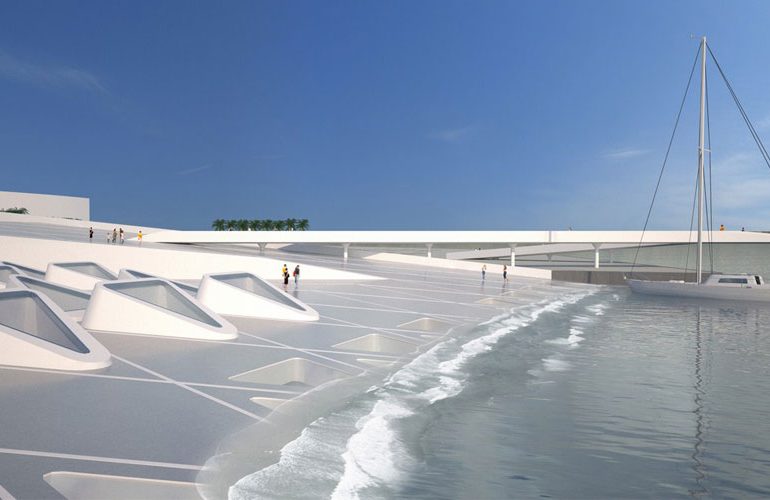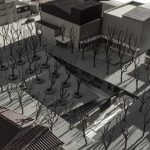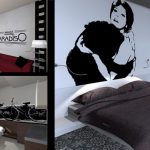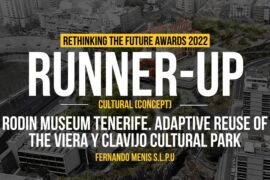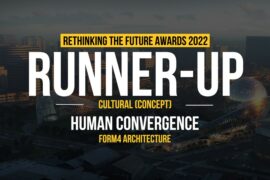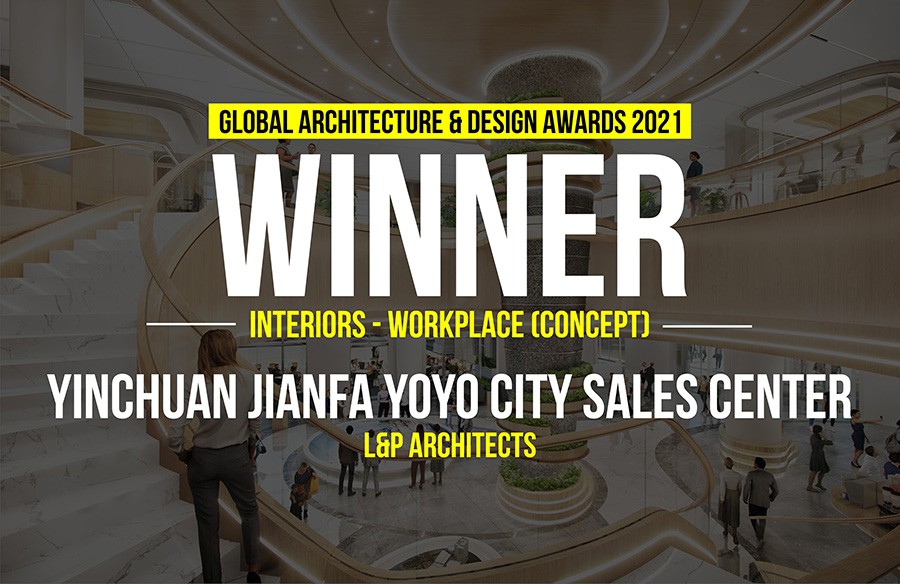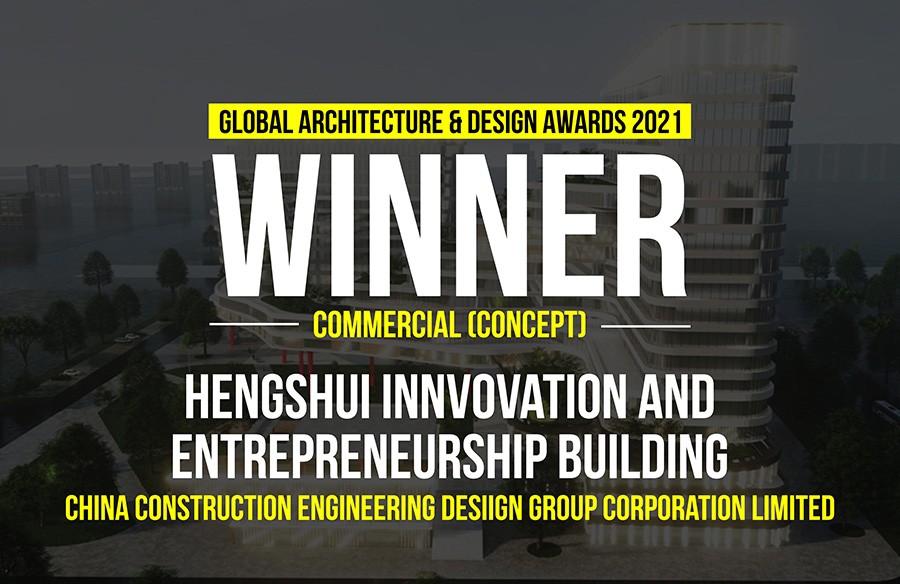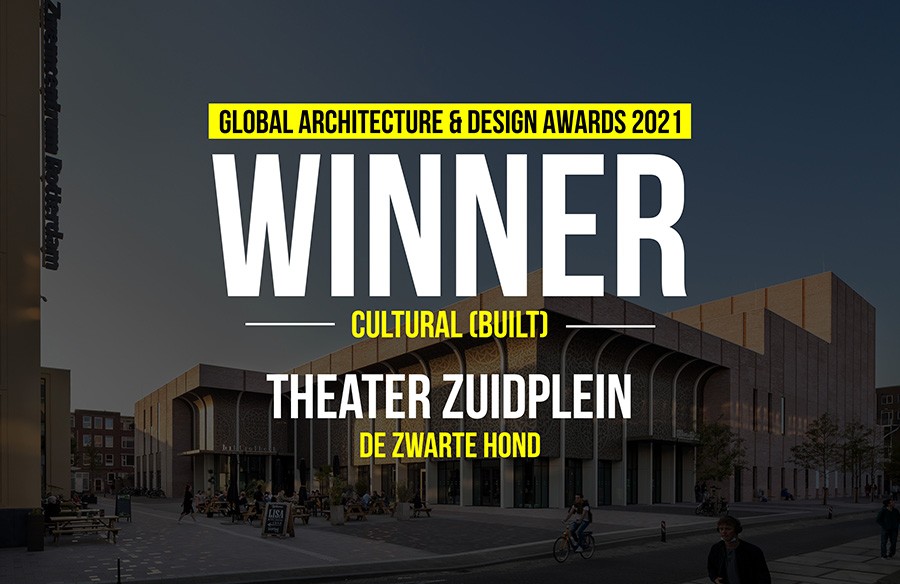Relating to both the sea and the city and in constant dialogue between them, the building is an extension of the city to the sea and vice-versa. Conceived as a continuation and a transition through the wide public space, the building dives into the ocean and merges with it.
First Award | RTFSA 2016 Awards
Category: Cultural (Concept)
Participant Name: Niko Kapa
Country: United Arab Emirates
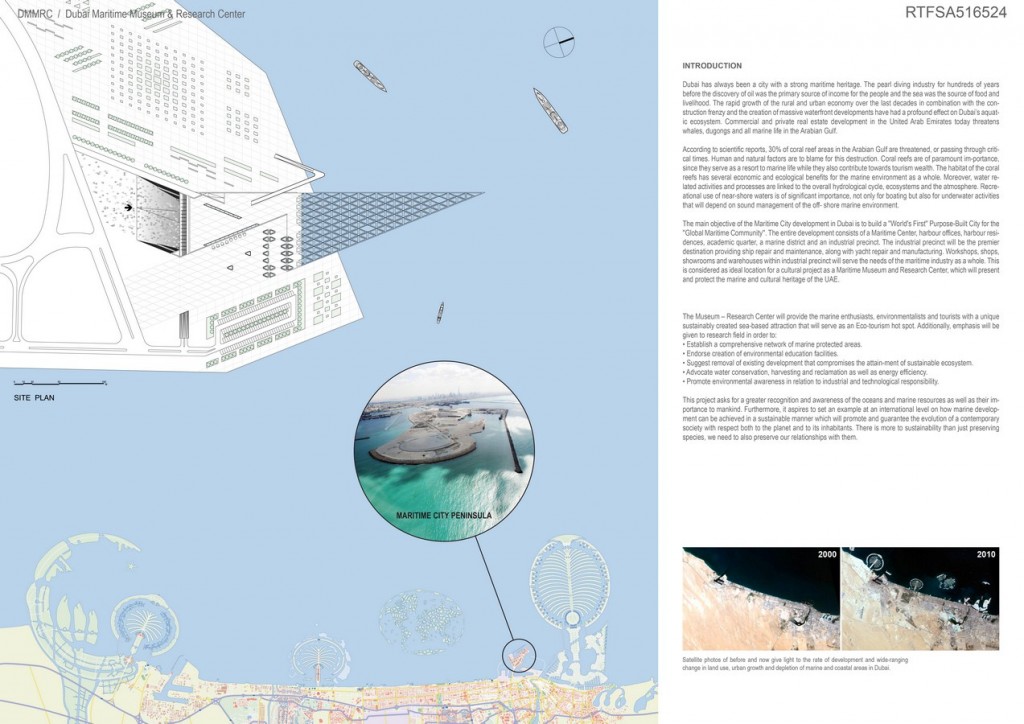
The museum itself is an artifact, an artificial underwater environment organized under an immense glass roof that has been designed in order to give the maximum view of the ocean and intensify the feeling of diving into the seabed. By optimizing the maritime-themed environment and combining it with breathtaking underwater views, the museum reflects in a sincere manner its function.
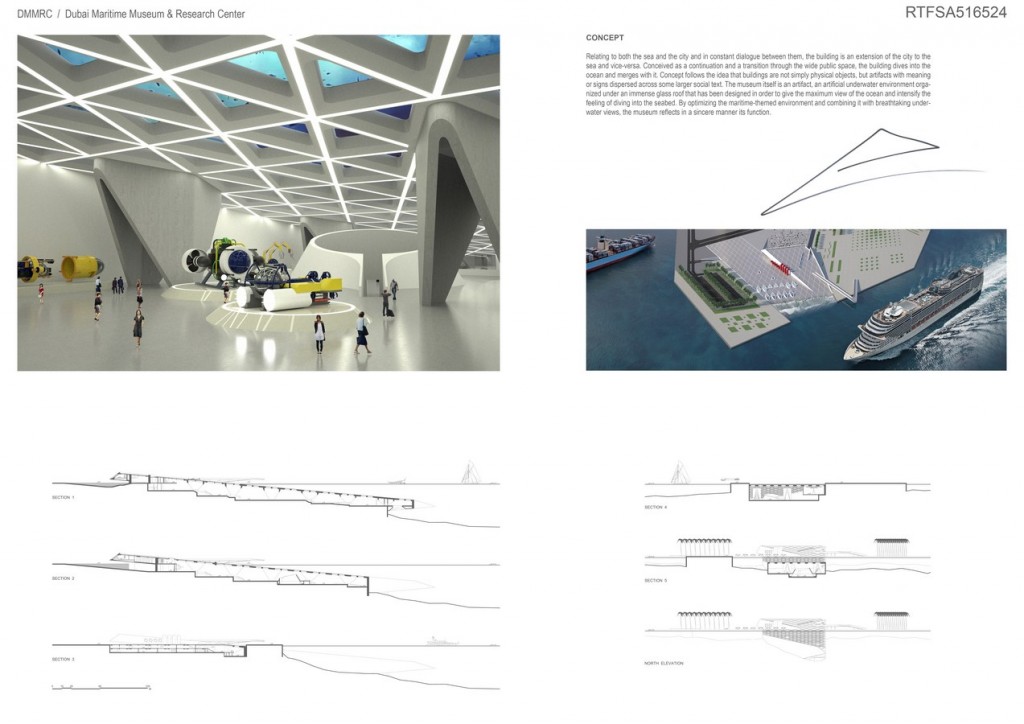
The building is simultaneusly a vessel that supports the idea of the journey. Interior space is organised through cascading platforms that develop in a successive and continuous manner, allowing visitors to have a panoramic and clear overview of the whole museum’s interior, under a «water roof». The perforation of the ceiling reinforces the solemn atmosphere of the deep sea and the large windows offer a contemplative view of the ocean.
Building develops as a triangular sharp form, which concentrates the public routes to the museum, through an inviting shape that draws visitors to the entrance and distributes them to the interior. The programmatic requirements, orientation, and restrained material palette were thoroughly evaluated and considered in order to reduce the building’s energy use, ongoing maintenance and provide a sustainable outcome.
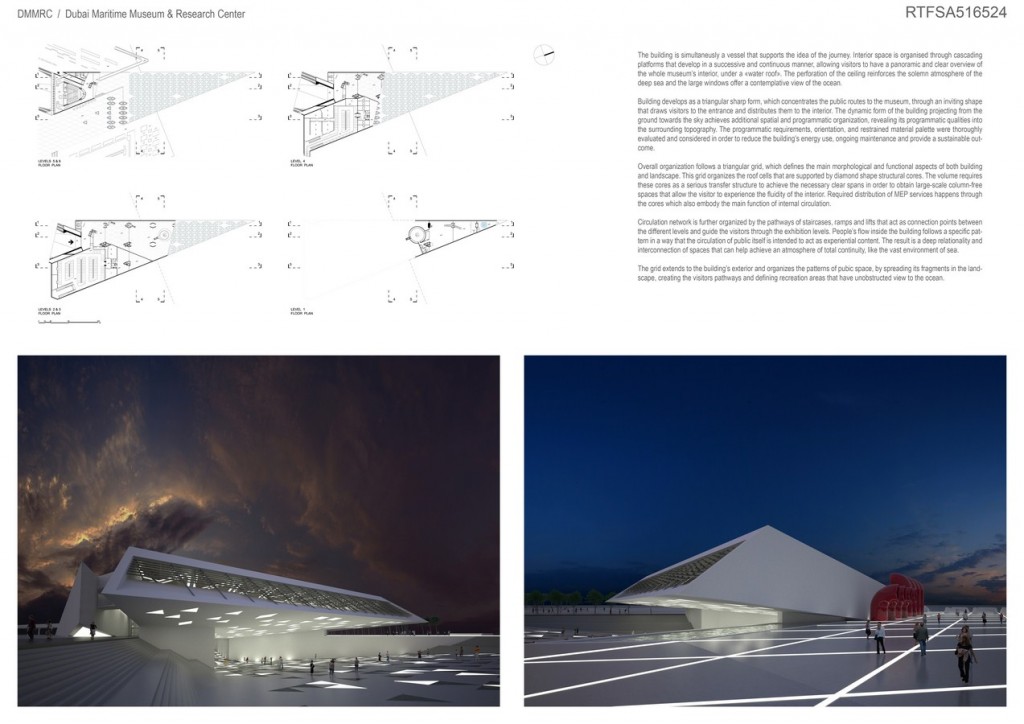
It is worth emphasizing the different physical properties which water provides compared with air. Briefly these properties are the higher thermal capacity as well as the phase difference of water temperature in relation to the air in different seasons. Also important is the difference in temperature of surface waters in relation to deep-water layers or currents. Since sea water temperature is always lower than the ambient temperature, placement of the building underwater alows to minimize energy strain on the mechanical systems used for cooling. Water functions as a temperature buffer for the building, while at the same time simulates the ocean’s role as a regulator of the world climate.
Presentantion of the museum’s collection happens in a direct relation with the ocean’s setting, since the artificial manmade space is fully integrated into the natural underwater environment. The experience evokes a descent to the depths of the ocean. Natural light enters the building through the glass ceiling and as the building sinks, space narrows and the light’s intensity gradually reduces, detaching the building from the surface and making it part of the ocean.

On the upper part of glazed roof, the natural and continuous motion of wave cools the glass, allowing the visitors also to perceive the transition between land and sea as well as the alteration of light conditions. Research Center’s skylights that are located above the sea level are orientated towards the north to avoid heat gains while the white roof minimises heat island effect.
The roof pattern articulation correlates with the structural system which in turn correlates with both exterior shape and the interior development. The roof of the structure is perforated with a system of skylights directing natural light into the unified spaces and animating the interiors with the changing density of natural light. The aim was to create a lighting concept that would not only mirror the building’s distinguishing features but also complement the structure.

Overall organization follows a triangular grid, which defines the main morphological and functional aspects of both building and landscape. This grid organizes the roof cells that are supported by diamond shape structural cores. The volume requires these cores as a serious transfer structure to achieve the necessary clear spans in order to obtain large-scale column-free spaces that allow the visitor to experience the fluidity of the interior. Required distribution of MEP services happens through the cores which also embody the main function of internal circulation.
Circulation network is further organized by the pathways of staircases, ramps and lifts that act as connection points between the different levels and guide the visitors through the exhibition levels. People’s flow inside the building follows a specific pattern in a way that the circulation of public itself is intended to act as experiential content. The result is a deep relationality and interconnection of spaces that can help achieve an atmosphere of total continuity, like the vast environment of sea.
If you’ve missed participating in this award, don’t worry. RTF’s next series of Awards for Excellence in Architecture & Design – is open for Registration.
Click Here

